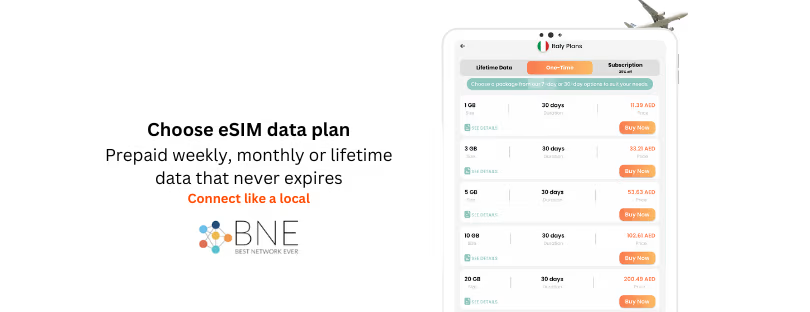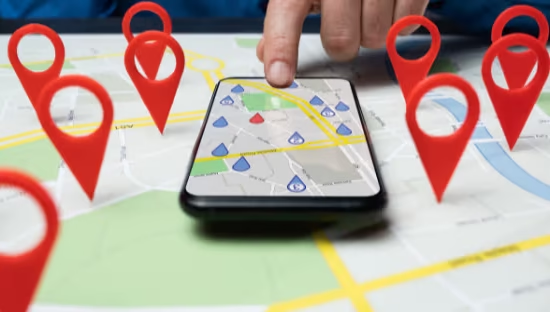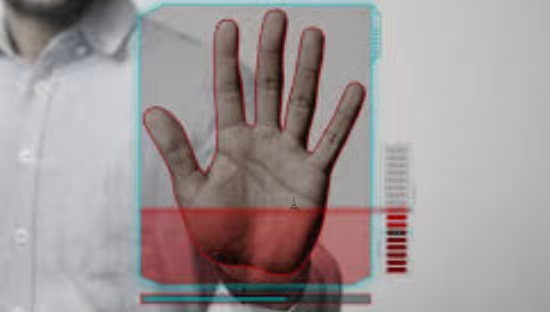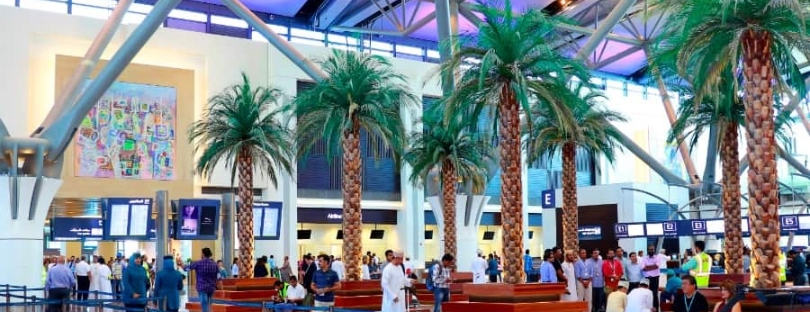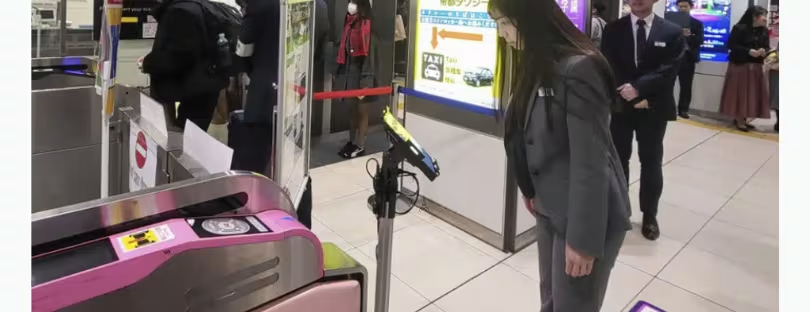
Tokyo Implements Facial Recognition for Faster Narita Airport Train Boarding
Facial recognition ticket gates will be introduced for some Keisei Electric Railway Co. trains connecting a major Tokyo station and Narita airport, aiming to reduce congestion caused by the rising number of foreign tourists to Japan. Find out more about Tokyo airport biometric ticket gates below.
The system, powered by artificial intelligence, will be in use for Keisei Skyliner trains connecting Ueno Station in Tokyo with Narita International Airport in Chiba Prefecture, the railway operator said. The system was shown to the media on Thursday.
Tokyo airport biometric ticket gates
Passengers must first register a facial photo and complete payment via the train operator’s reservation website. By showing one’s face on a tablet at the gate, the system issues a reserved seat ticket for the next departing train.
“Smooth boarding without waiting in line after arriving at the airport can be expected,” a Keisei official said. “We hope customers will experience the convenience (of the system).”
Passengers who wish to select a specific seat or board a different train other than the immediately departing train will need to purchase tickets at station counters or vending machines.
In addition to Ueno, Narita Airport Terminal 1, and Terminal 2 and 3 stations, the system will also be available at Nippori Station on the line.
 Global Adoption of Facial Recognition in Transportation
Global Adoption of Facial Recognition in Transportation
Similar facial recognition systems for ticketing and boarding are being implemented in various parts of the world, particularly in transportation hubs like airports and train stations. Here are a few examples:
1. China – Facial Recognition in Airports and Train Stations
- Airports: Major Chinese airports, such as Beijing Capital International Airport and Guangzhou Baiyun International Airport, have introduced facial recognition technology for check-in, security checks, and boarding. Passengers can simply scan their faces to pass through these checkpoints without needing physical tickets or boarding passes.
- Train Stations: High-speed rail stations in China, such as Beijing West Railway Station and Shanghai Hongqiao Railway Station, have also adopted facial recognition systems for ticket verification and entry. Passengers can link their tickets to their facial data when purchasing tickets online, allowing for quick and seamless access to the platforms.
2. United States – TSA PreCheck and CLEAR
- CLEAR: CLEAR is a biometric identity verification system used in several U.S. airports, including Denver, Atlanta, Dallas, and Los Angeles. It allows passengers to use facial recognition or fingerprint scanning to bypass traditional security lines and verify their identity quickly.
- TSA PreCheck: While not exclusively facial recognition, TSA PreCheck uses biometric data to expedite the security screening process for pre-approved travelers.
3. United Kingdom – Heathrow Airport
- Heathrow Airport: Heathrow has been testing facial recognition technology to streamline the boarding process. Passengers can use their faces as their boarding passes, reducing the need for physical documents and speeding up the boarding process.
4. Singapore – Changi Airport
- Changi Airport: Singapore’s Changi Airport has implemented a “Fast and Seamless Travel” (FAST) program, which includes facial recognition technology at various checkpoints, including check-in, bag drop, immigration, and boarding. This system aims to provide a more efficient and contactless travel experience.
5. Dubai – Smart Gates at Airports
- Dubai International Airport: Dubai has introduced “Smart Gates” that use facial recognition to allow passengers to pass through immigration without manual passport checks. The system is designed to reduce waiting times and improve the overall passenger experience.
6. Japan – Other Railways and Airports
- JR East: Japan Railways East (JR East) has also been experimenting with facial recognition technology for its Shinkansen (bullet train) services. The system allows passengers to pass through ticket gates without needing to show a physical ticket, similar to the Keisei Electric Railway system.
- Haneda Airport: Tokyo’s Haneda Airport has been testing facial recognition for international flights, allowing passengers to move through check-in, security, and boarding using their facial data.
7. Australia – Sydney Airport
- Sydney Airport: Sydney Airport has introduced a biometric boarding system that uses facial recognition to allow passengers to board flights without presenting a physical boarding pass or passport. The system is part of a broader effort to create a seamless and contactless travel experience.
8. India – DigiYatra Initiative
- DigiYatra: India’s DigiYatra initiative aims to create a seamless and paperless travel experience at airports using facial recognition technology. Passengers can link their facial data to their boarding pass, allowing them to move through check-in, security, and boarding without needing physical documents.
These systems are part of a global trend toward using biometric technology to improve efficiency, reduce congestion, and enhance security in transportation hubs. As the technology continues to evolve, more countries and transportation providers will likely adopt similar systems in the future.





